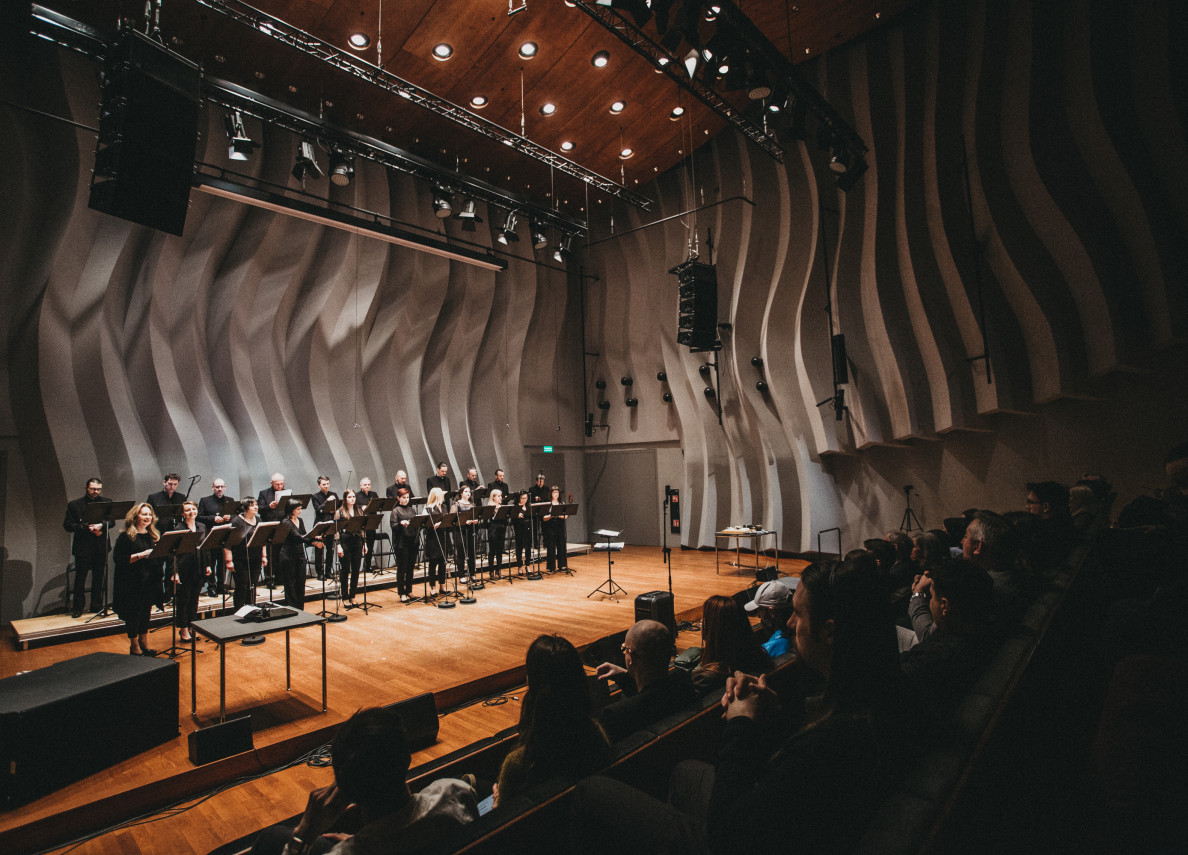Camerata Silesia / (Not So) Petite Solemn Mass - NOSPR
Camerata Silesia / (Not So) Petite Solemn Mass
The Petite messe solennelle, or Not So Petite Solemn Mass, is not as small as the title suggests. On the contrary, it is considered one of Gioacchino Rossini's most extensive works, even interpreted as a sort of spiritual testament.
So, why "petite"? Originally conceived as a rather intimate piece, it was meant to encompass only the necessary artists for its performance. The reason was quite practical – the place of its premiere. The chapel in Count Alexis Pillet-Willa's private residence on Rue Moncey in Paris was not very spacious, hence Rossini decided to score the composition for just four soloists, mixed choir, two pianos, and harmonium.
Rossini did not conceal that the number of singers mirrored the twelve apostles, as depicted in Leonardo da Vinci's fresco The Last Supper. However, as Rossini himself assured God, there would be no Judas in this group, and the singing would be con amore, for the glory of the divine. He humorously summed it up, deeming his work to be... the last mortal sin, a product of old age.
Rossini created an extraordinary work, profound yet filled with the typical lightness of his earlier operas. However, he harbored some uncertainty about the value of what he had created. In the dedication, written with a great distance to music and himself, he declared:
"Good God. This Petite Messe is finished. But is it sacred music, or is it sacrilege? I was born to write comic opera, but in this music, there is my knowledge and my heart; I have put everything into it. So may all be blessed, and may I be granted paradise."
A few years after the premiere, he orchestrated it again, as he said, solely to prevent others from doing so. In comparison to the original, he added two instrumental compositions (which were absent in the chamber version) – the religious prelude and the fugue in the Offertory. He also supplemented it with the soprano aria O salutaris hostia, based on the hymn of St. Thomas Aquinas. He stipulated that these additions could only be performed after his death. The reason was prosaic. Despite Rossini's pleas, the Pope did not grant permission to involve female voices in performances as originally intended – within the temples. The composer did not hold cathedral boys' choirs in high regard. Unfortunately, the Pope did not heed the composer's request. Rossini's last wish was respected. The world had to wait until February 24, 1869, when the orchestrated version was publicly performed for the first time. This happened on the occasion of Rossini's 77th birthday, but it was already after his passing.
Alexandra Kozowicz
Concert duration: approximately 110 minutes
This concert can be part of "My Subscription." Check the details and create "My Subscription" freely by choosing from various concerts in the chamber and concert halls – more information.
Upcoming events

NOSPR / Humala / New Year's Eve concert / An Oscar Night on New Year’s Eve at NOSPR
Concert Hall
Sold out
JazzKLUB / Laureates of the Jazz Juniors 2025 Competition - Symbiosis 5 / Jazz of the Future
Chamber Hall
Buy ticket











